“I can’t breathe.”
Pressed up against the railings of the San Mateo Police Department, the crowd is a seething mass of people, their voices raised as one. The death of George Floyd on May 25 by a police officer has sparked nationwide protests, from metropolitan areas to suburban towns like San Mateo.
The protest in San Mateo, held on June 3 at 4 p.m., was organized by the San Mateo chapter of Coalition Z. The latter is a national, youth-led organization that strives to bridge the political gap between Generation Z and the government. The protesters gathered to support the Black Lives Matter movement and denounce police brutality against people of color.
The protest organizers continually stressed that the protest would be a peaceful one. They communicated with the San Mateo Police Department (SMPD) to close off streets and monitor the crowd to prevent any violence from occurring.
“Over 2000 concerned people were able to assemble, march over a mile and a half in over 90-degree weather, assemble a second time, and disperse without any arrests, uses-of-force, injuries, or damage to any part of our city,” Public Information Officer Michael Haobsh said in a press release for the SMPD.
Furthermore, COVID-19 posed a unique challenge for event organizers. Following county orders, face masks and social distancing were required for participation. However, though almost every participant wore a mask, attempts at social distancing were ultimately unsuccessful.
The protest continued despite these challenges, beginning at the San Mateo City Hall, where several speakers gave speeches calling for action. Prominent figures such as SMPD Chief Ed Barberini, San Mateo Mayor Joe Goethals, and Congresswoman Jackie Speier started the session off with their statements.
“We know that there are bad politicians and there are bad police, but that does not mean that all of them are. That means we weed out the bad ones. So we’re going to weed out the bad politicians, and we’re going to weed out the bad police, and we’re going to have a country once again that we can be extremely proud of,” Speier said.
Next, Coalition Z members, as well as some of the founders of the Bay Area chapter, spoke.
“I will never understand the struggles of being black. But I see you, I hear you, I’m one with you, and I stand with you,” said Angela Dayag, a member of Coalition Z.
Afterward, a series of speakers ranging from activists to a former San Mateo mayor voiced their experiences as members of the black community.
“I’m loving what you youngsters are doing. It’s wonderful to look out and not see one sign that was made at a print shop,” said Claire Mack, the first African American San Mateo mayor. “You know, there are some rallies held in the United States where it’s manufactured. This is homegrown. It comes from the roots.”
Reverend Lorrie Owens, the president of the San Mateo NAACP, talked about the effect football quarterback Colin Kaepernick had on the nation when he took a knee during the American anthem back in 2016.
“In 2016, Colin Kaepernick took a knee. He took a knee for justice. He took a knee against police brutality, but we have people that change the narrative. It didn’t become about people and lives. It came about a piece of cloth, a red, white, and blue piece of cloth and the disrespect that was being shown, instead of talking about the disrespect that is shown every time a life is taken,” Owens said.
Owens continued: “If he had listened to him, maybe the knee of 2020 would not have happened. The knee of hatred, the knee of injustice, the knee of the police officer on the neck of George Floyd. He spent eight minutes and 46 seconds strangling the life out of a human being. If I had done that to a dog in the street, I would have gone to jail immediately. Instead, it took two days before they brought him in. And only today did the other officers that were complicit, were they arrested.”
The speakers were met with applause and cheers of agreement after each one of them finished.
Next, the crowd marched along a designated and blocked off path to the SMPD. Chants such as “No justice, no peace” and “Say their name” filled the air, led by both the organizers and participants. Cars honked to show their support as they passed by, and others who were unable to participate gave out free water bottles to protesters.
“We have a baby, and it’s really hot out today, so we weren’t able to go join the march. Giving out otter pops and water bottles is what we thought we could do to help show them that we’re here in solidarity with them and support the cause,” said Carol Ho, a supporter of Black Lives Matter.
Once the crowd arrived at the police department, there was a three minute period of silence to represent the statistic that black people are three times more likely to be killed.
The protest turned out to be very successful, with only a few minor setbacks, including attempted security breaches by a couple of crowd members and a separate group breaking away from the crowd to march towards the Hillsdale Shopping Center. However, for the most part, protesters aligned with the vision that Coalition Z had set for this protest.
This protest comes at the heels of several other protests occurring all over the nation, not all of them peaceful, after the news of Floyd’s death at the hands of ex-Minneapolis police officer Derek Chauvin. Rising Carlmont senior Sophie Oestreich described her reaction to hearing the original report about Floyd.
“When I heard the news about Floyd, I cried. And then I cried again. And then, I tried my best to learn about what I could. I talked to my friends, adults that I trusted, and people in my community,” Oestreich said. “I feel like this protest is long overdue, and no matter your race, no matter your stance, I think that this is a human rights issue, and whatever can be done should be done.”
Protester Claire O’Hara had a similar reaction to Oestreich.
“When I heard the news about Floyd, I was disgusted. I just, I cried. I have two boys myself, and I couldn’t imagine them having to ever fear their lives, but they’ll never have to fear for their lives because they’re white. And I want to make sure that they understand and are raised to respect everybody, and to bring up their black friends as well,” O’Hara said.
The protesters at the San Mateo Black Lives Matter protest were of all ages and races. Many, like O’Hara, voiced their experience with their race and how it led them to support the Black Lives Matter movement.
“I was born and raised in South San Francisco, and I never thought I would ever see this day come because this was not the way I was raised. For me, I have the privilege of being white. And I want to use that to stand with my black brothers and sisters, and I’m proud to be here and help make a change,” O’Hara said.
Srav, a protester, reflected on her own experience as an Indian woman.
“Being a really, really dark-skinned Indian living in Los Angeles, I feel like I get mistaken for a black person a lot. And that doesn’t even come close to what they must be feeling, being black themselves,” Srav said.
Protesters were encouraged to bring handmade signs, with Coalition Z organizing a sign-making setup before the protest began. Some protesters created signs declaring their race’s support of Black Lives Matter.
“I was a little nervous coming out here today, but I feel like it’s my duty to at least show up and say something for the culture and the people that I respect and that I indulge in. It wouldn’t be fair to me or even my friends to just stay silent and not do anything,” said a protester, who gave her name as Abby and held a sign that read, “Latinos for Black Lives.”
Protester Ricardo Johnson held a handmade sign that said on one side, “I am more than my color,” and on the other, “love, listen, and empathy.” He described the meaning of these phrases and how they affected his mentality.
“As a black man, I wanted to let people know that I’m more than just my color. I think it’s important to get to know me. I don’t want to be just cast into a group. I don’t want to be known as ‘they’ or ‘them.’ And then the second thing that I have here is ‘love, listen and empathy.’ Take the time to get to walk in my shoes, to know ‘what does it feel like to be me?’ Johnson said.
The U.S. is more polarized than ever, as some condemn the Black Lives Matter movement and those who support it. This is mainly seen in hashtags such as #WhiteLivesMatter, #BlueLivesMatter, or #AllLivesMatter on Twitter.
However, Jonathan Madison, a lawyer at Fried & Williams LLP, explained the misconceptions surrounding the Black Lives Matter movement.
“When we say Black Lives Matter, we do not mean that other lives do not matter. We do not suggest that all humans do not matter, or that the black race is superior to another race,” Madison said. “We say ‘Black Lives Matter,’ and we say it because somebody believed that George Floyd’s life did not matter, that Emmett Till, Eric Garner, and Tamir Rice’s lives did not matter. We come here today in a peaceful demonstration to demonstrate love for all mankind with the saying that ‘Black Lives Matter.'”

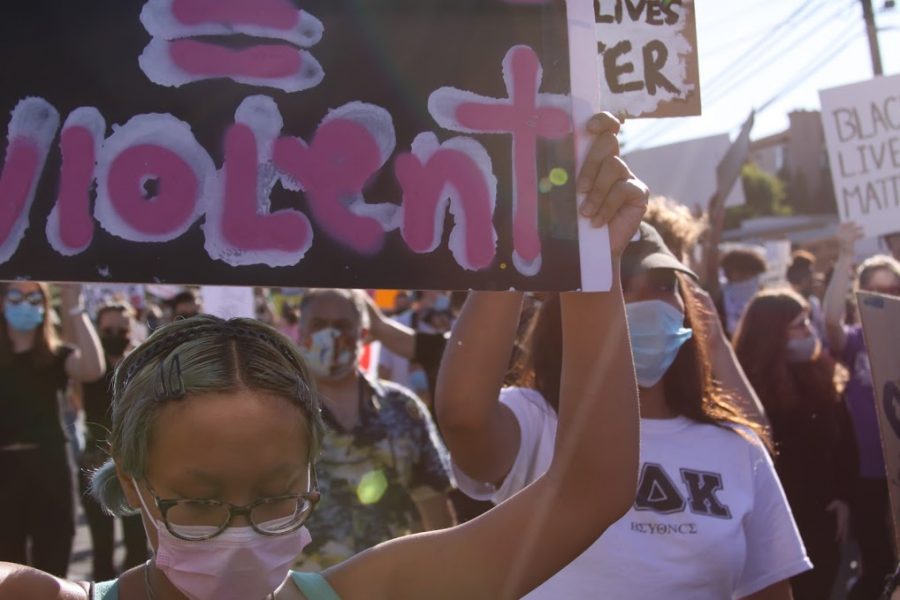
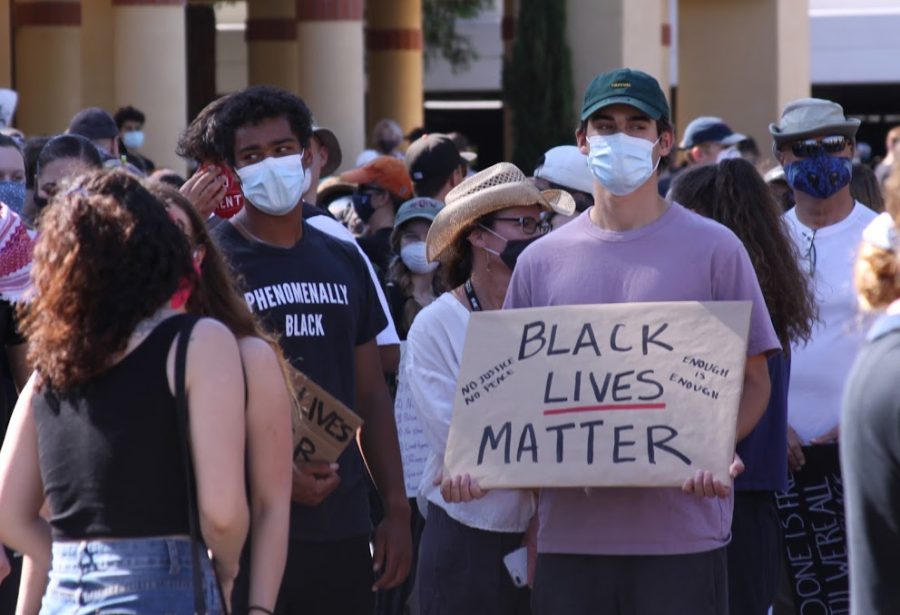
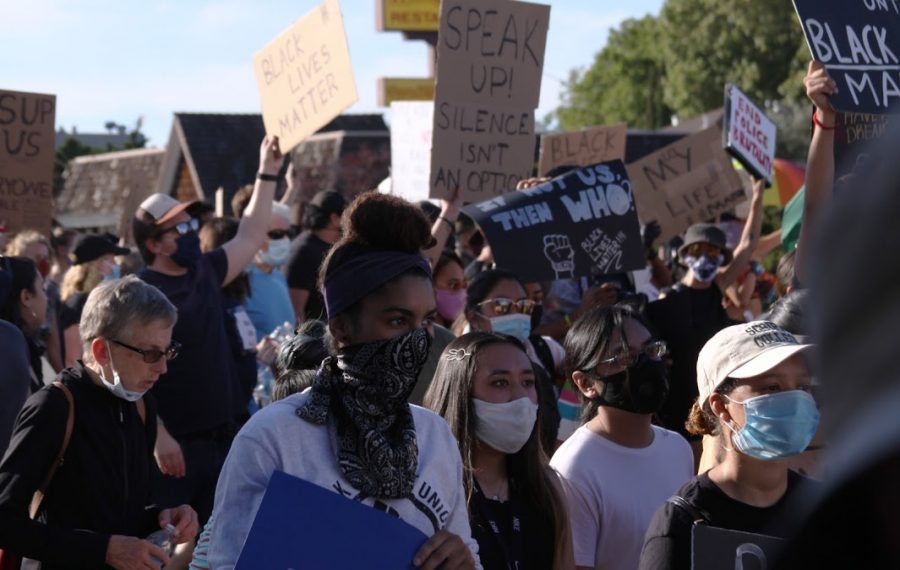
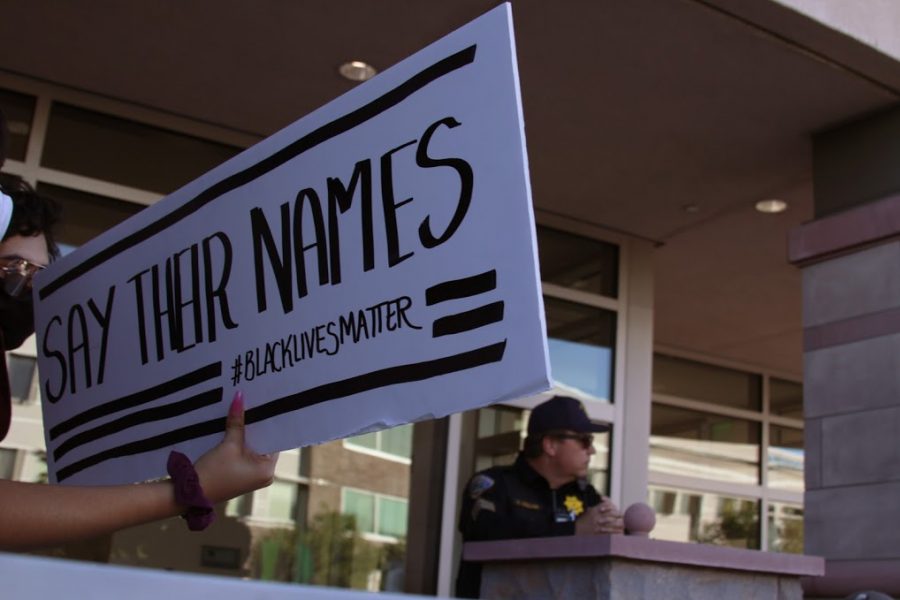



















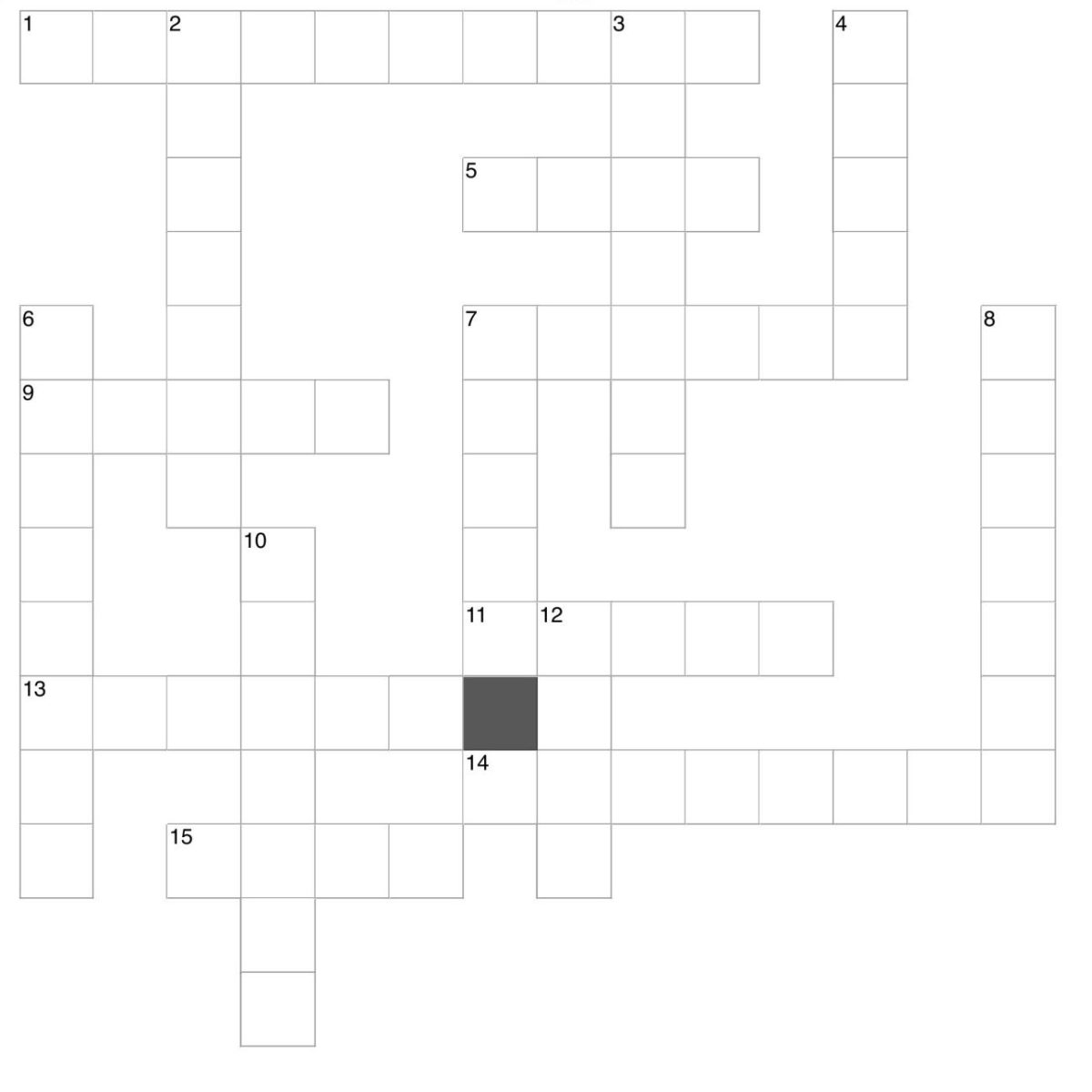











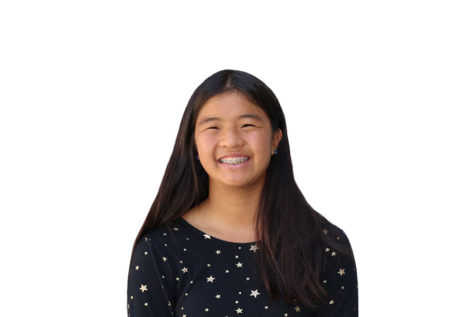
Ellie Qassemzadeh • Jun 7, 2020 at 8:09 am
Purely Awesome